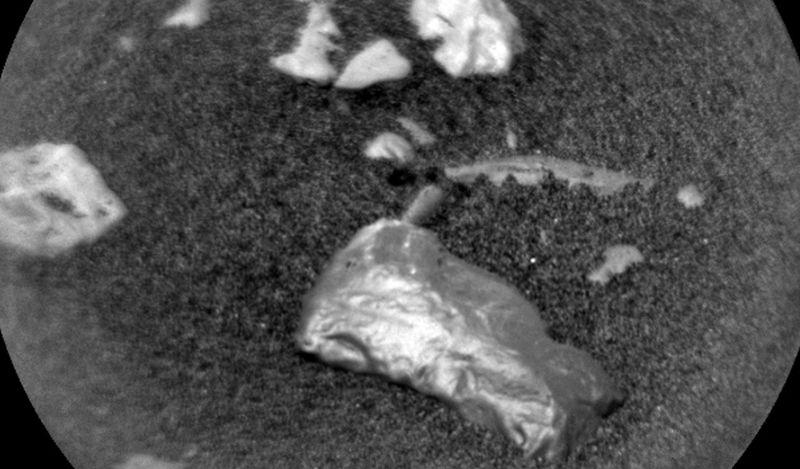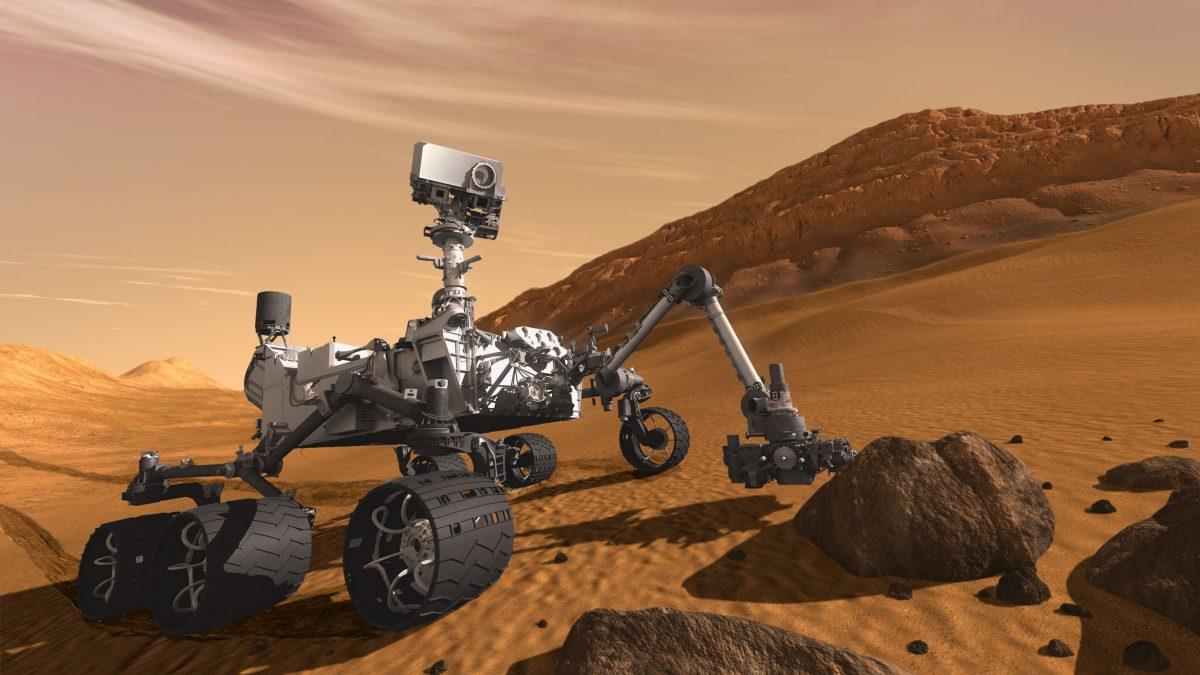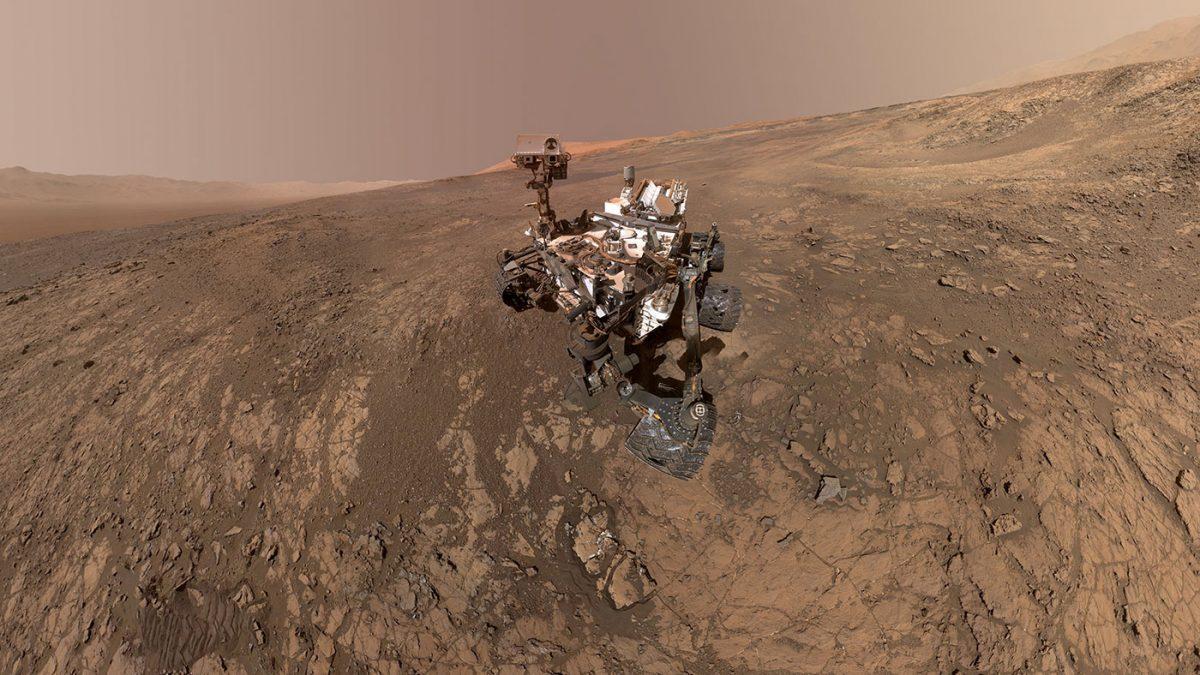A Mars rover spotted “shiny” objects on Mars, but scientists are not sure what they are.

Curiosity is drilling at the Highfield site and will investigate four other samples, including one called “Little Colonsay” due to its looks, NASA said. The rover will use it “ChemCam” device to confirm the makeup of the object.
“Another very small target is the target ‘Flanders Moss,’ which shows an interesting, dark colored coating, for which chemistry is required to confirm its nature. Two additional targets, ‘Forres’ and ‘Eildon,’ are to add to the database of the grey Jura bedrock before we leave the Highfield site next week,” said NASA.

Curiosity is a car-sized rover that’s been on Mars since August 2012 after launching from the Cape Canaveral base in November 2011.
In 2013, NASA said the Curiosity rover discovered that the Red Planet once had conditions suitable for ancient life.

“A fundamental question for this mission is whether Mars could have supported a habitable environment,” stated Michael Meyer, lead scientist for NASA’s Mars Exploration Program. “From what we know now, the answer is yes.”
“The range of chemical ingredients we have identified in the sample is impressive, and it suggests pairings such as sulfates and sulfides that indicate a possible chemical energy source for microorganisms,” noted Paul Mahaffy, the principal investigator of the SAM suite of instruments at NASA’s Goddard Space Flight Center.
“This temporary increase in methane—sharply up and then back down—tells us there must be some relatively localized source,” said Sushil Atreya of the University of Michigan, Ann Arbor, and Curiosity rover science team. “There are many possible sources, biological or nonbiological, such as interaction of water and rock.”




